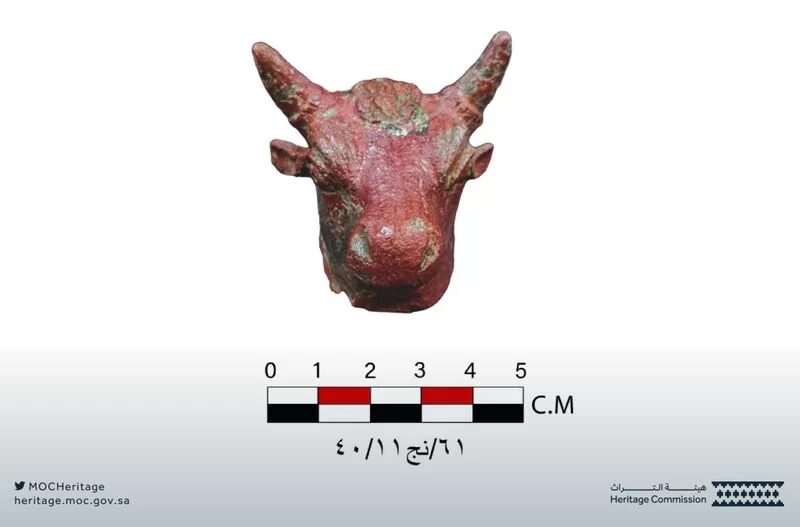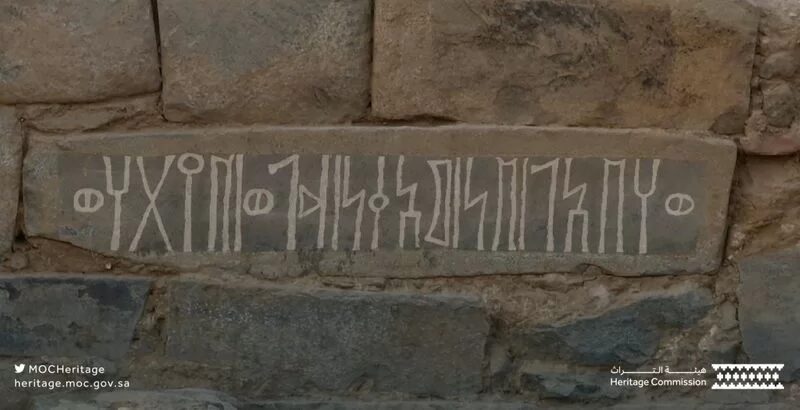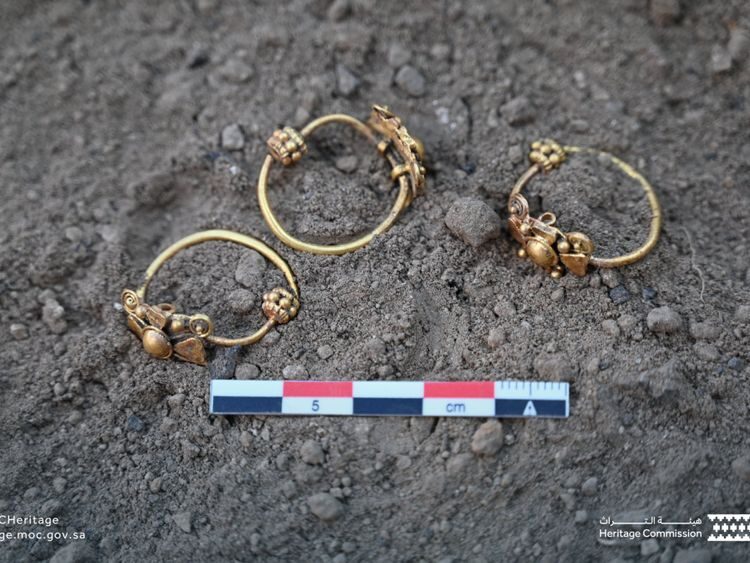OF THE
TIMES
A small body of determined spirits fired by an unquenchable faith in their mission can alter the course of history.
They scoured the islands coastline and found five stone-walled box drains connected to a sump on Smith's Cove. Watching the rising water level...
I would have thought the flagstones not being naturally placed was sufficient evidence that humans had made the shaft. It could have been aliens,...
Such official announcements always make me suspicious. I suspect his "friends" and/or employers are dumping him for another "inexcusable offense".
Lord Henry Sinclair deposited The Treasure in the money pit from the Temple of Jerusalem that Knights Templar found in 1112. Crusade was cover for...
Lithium is vital to the future development of green energy. "Green energy" is dead. Get over it.
To submit an article for publication, see our Submission Guidelines
Reader comments do not necessarily reflect the views of the volunteers, editors, and directors of SOTT.net or the Quantum Future Group.
Some icons on this site were created by: Afterglow, Aha-Soft, AntialiasFactory, artdesigner.lv, Artura, DailyOverview, Everaldo, GraphicsFuel, IconFactory, Iconka, IconShock, Icons-Land, i-love-icons, KDE-look.org, Klukeart, mugenb16, Map Icons Collection, PetshopBoxStudio, VisualPharm, wbeiruti, WebIconset
Powered by PikaJS 🐁 and In·Site
Original content © 2002-2024 by Sott.net/Signs of the Times. See: FAIR USE NOTICE



Reader Comments